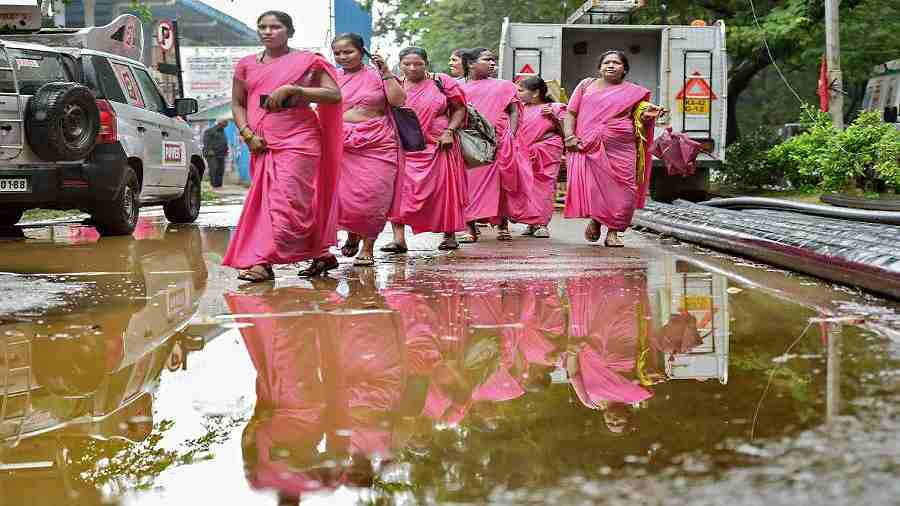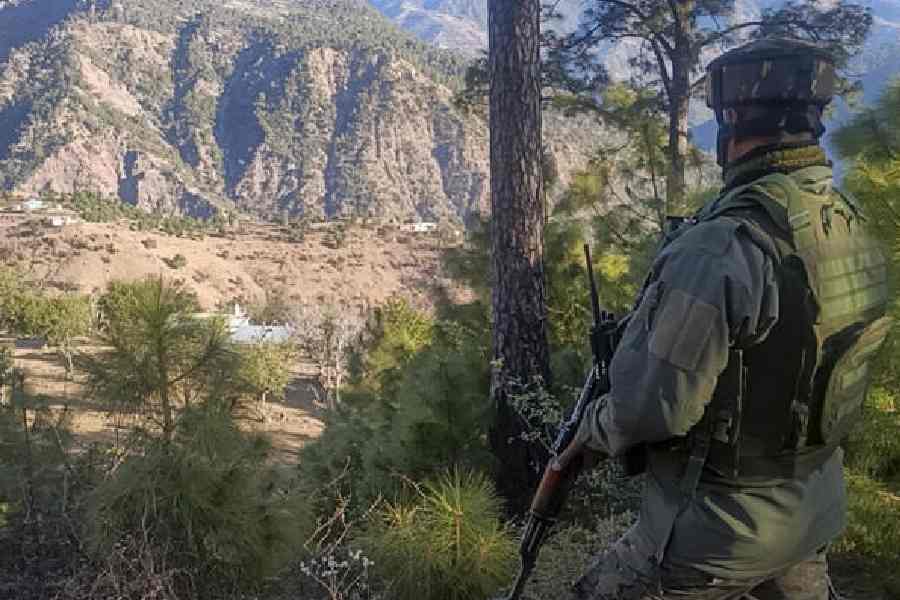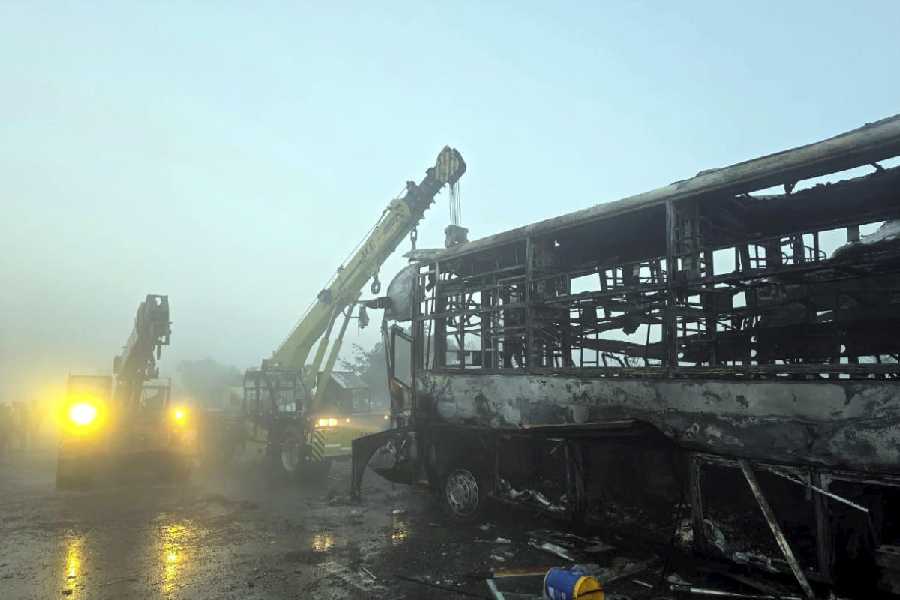Indians won two proud honours last month. One was the Thomas Cup championship. The other was the World Health Organization’s Global Health Leaders Award to India’s Accredited Social Health Activistsor ASHAs.
Our response to the two awards was strikingly different. India went into raptures over the badminton team. They were showered with awards and honours. The prime minister feted them. The sports ministry and the BadmintonAssociation of India each awarded them a crore of rupees.
Humble health workers might not expect the same stardom, but their honour scarcely seemed to register on the nation. It barely featured in the media. Politicians across parties were oblivious, though the prime minister and health minister extended their congratulations. There was no cash award, even as the Board of Control for Cricket in India distributed Rs1.25 crore among IPL ground staff.
Again, how many health care and pharmaceutical corporates spent a paisa to honour or benefit this band of heroic women? Or even put out an advertisement celebrating the award? Were their PR outfit aware of it? Or even — pardon myimpertinence — of ASHAs?
The ASHA manual specifies 22tasks under six heads: maternity care, newborn care, child care, nutrition, infection control, and social mobilisation. The work involves home visits, clinic attendance, meetings, monthly health and nutrition days, and record-keeping. ASHAsare on call 24x7 — to take a woman in labour to hospital at midnight if required. They were the State’s primary interface with Covid patients through most of India.
For this onerous load, ASHAs receive Rs 2,000 a month from the Union government, plus insurance coverage and modest ‘incentives' for specific activities. This is usually supplemented by state governments— in rare states like Maharashtra, to a total exceeding Rs 10,000; elsewhere, perhaps half that sum. ASHAs of ten years’ standing receive Rs 20,000 on retirement. These are derisory sums compared to the assured salaries and pensions of governmental Group D staff (to look no higher), whose duties are seldom a quarter as taxing. A private nursing attendant earns more.
Seasoned administrators will laugh such thoughts away, for who doesn't know ASHAs are not formal employees but volunteers? A magnanimous government pays them token sums out of courtesy. It is a despicable and unblushing subterfuge. Exploiting this fiction, the onus of immunising the nations children, supporting its expectant and nursing mothers, and guarding against epidemics and endemic diseases is disposed of for a fraction of what a countrywide programme of these measures would cost by standard salary protocols.
ASHAs are not alone. Over thirteen lakh anganwadi workers carry out 28 tasks under six heads, covering planning and surveys,report-writing, immunisation, nutrition for new and expectant mothers and their children, and regular home visits — besides day long instruction and activities for pre-school children to ensure their holistic development. If a salaried government employee was assigned a tenth of these tasks, there would be a revolt. The Union government pays anganwadi workers Rs 4,500a month. State governments top this up to a total seldom exceeding10,000 rupees. Helpers receive about half this amount, and those cooking midday meals a basic sum of Rs1,000 a month. Could one engage apart-time cook for that sum?
The rest of the budget is on apar. Allocations are reduced even without allowing for inflation, the cuts concealed by ingenious reordering of budget heads. The midday meals budget for 2022-23 is exactly the same as last year’s. A ‘severely malnourished’ child in an anganwadi gets Rs 12 worth of food a day. There is no subsidy on gas cylinders. Funds are often delayed. Many workers advance money from their meagre purse to keep the children fed, after obtaining maximum credit from local shops.
Why do they do it? For many, no doubt, even the niggardly wages make a difference. But more basically, it testifies to a community spirit raising this exclusively female workforce to a socially conditioned level of commitment and sacrifice rare in more exalted quarters. It characterises the samaj or social structure that Tagore identified as the cohesive driving force of Indian life, in contrast to the alien constructs of nation and government. But while this might be heartening, it can hardly let the government —and a pronouncedly nativist, traditionalist government at that — off the hook.
It is a timeworn tactic to short change the most pressing needs of human development by addressing them in ‘mission mode’, engaging national volunteers at a fraction of the cost of a properly compensated workforce. The resources thereby saved can fund Pay Commissions for the bureaucrats who devised this ingenious ploy and command it from a safe distance. Another part supports schemes of aggrandisement and political benefit, like giant statues, bullet trains and urban vistas. Such policies enjoy the tacit support of the empowered classes as a whole. There is a gut assumption that makeshift, cut price social services can suffice for the people ‘out there’, that it’s more than enough — indeed, undeserved and unjustified — that ‘they’ get anything at all.
The logic escapes us that if four-fifths of the nation is exposed to infection, the rest cannot remain immune; that if a sizeable segment of our workforce is undernourished, and an even larger segment severely undertrained, the shortfall in human resources will cripple the economy. In this barren milieu, whatever expensive education we bestow on our own children can not repay the investment. We might preen before the world with our statues, vistas and bullet trains. We might keep ourselves busy hating and hurting one another. Neithergambit will fill our stomachs or our coffers.
As Amartya Sen has pointed out, India is the only country to aspire to global eminence without ensuring minimal health, education and security for all its citizens. Instead of stunning the world with this unhappy and unlikely miracle, why not fulfil those basic needs and draw pride and strength from them?
India’s rulers are clever with words: they devise the most ingenious acronyms, like AMRUT, NITIand PM-CARES. But as things stand, ASHA is too ironic for comfort. If those workers have so little to hope for, what hope can we draw from their labours?
(Sukanta Chaudhuri is ProfessorEmeritus, Jadavpur University)










